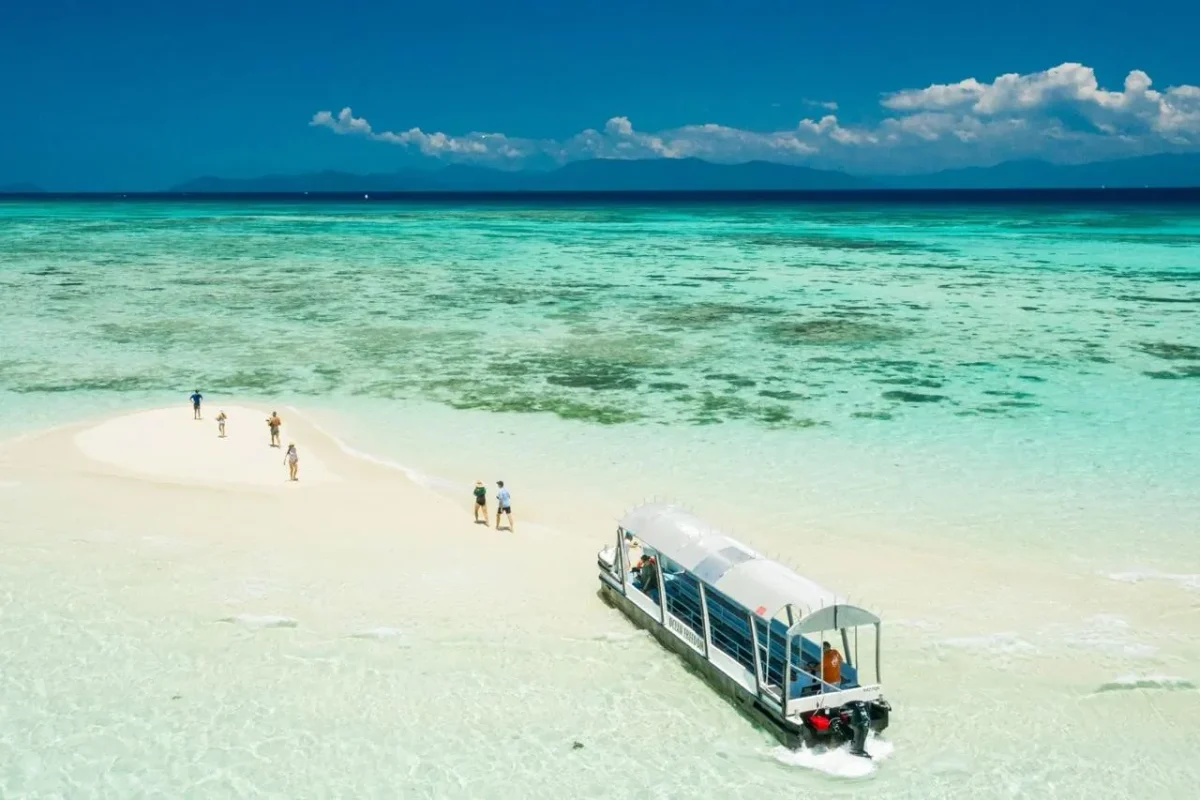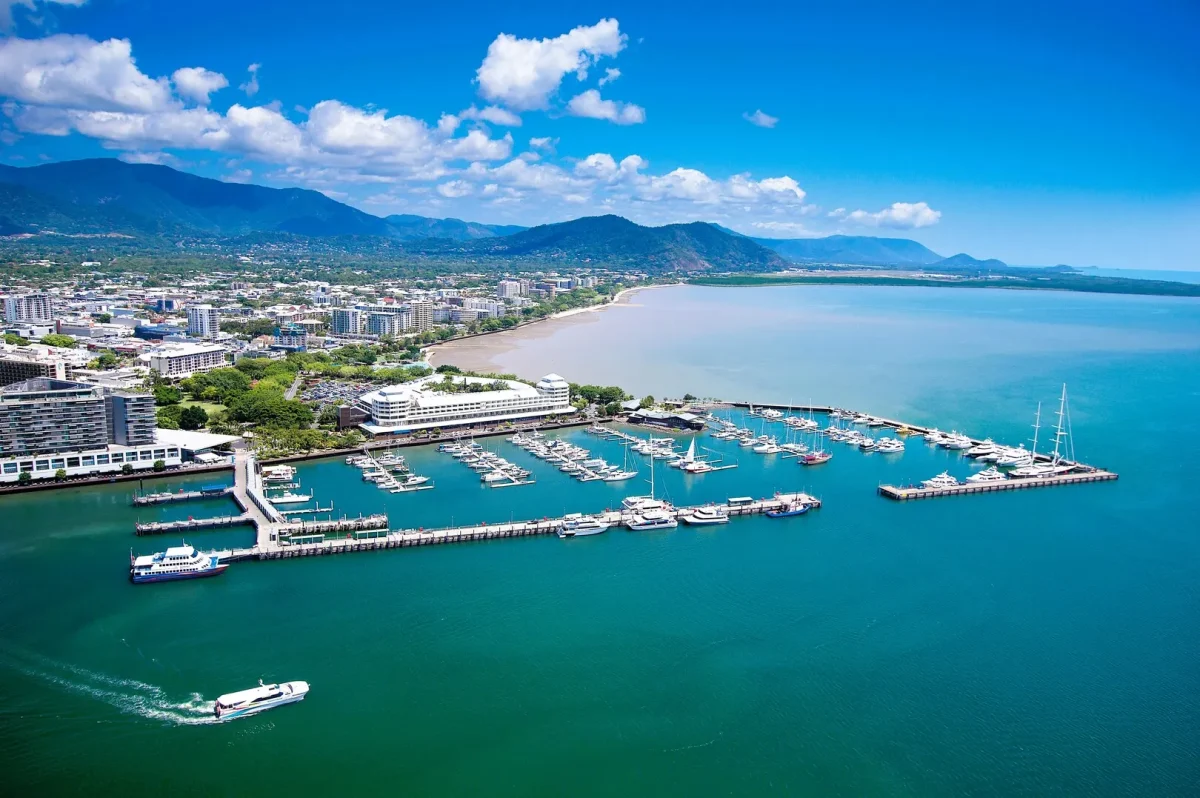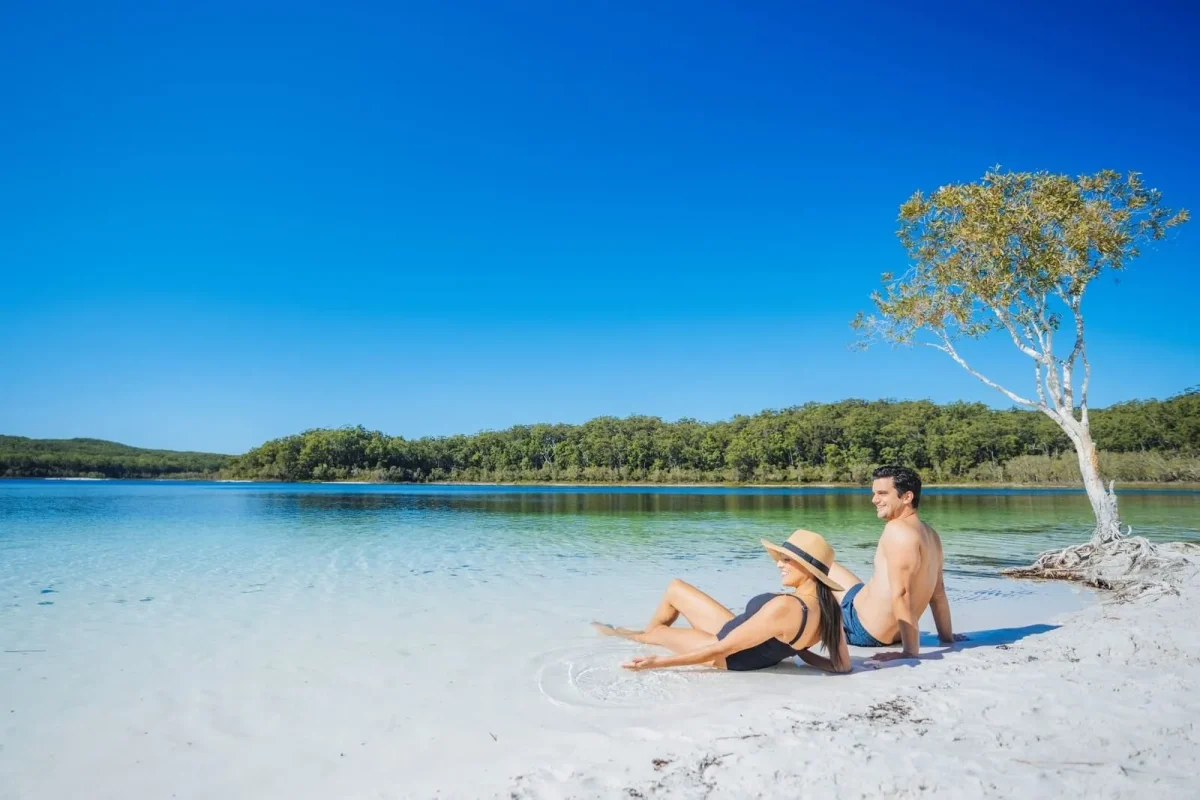
Three Sisters Rock
Every visitor to the Blue Mountains has heard of the Three Sisters Rock, that sandstone rock formation standing tall above the Jamison Valley. I’m Paul Beames, and I’ve been leading people through this wild bit of New South Wales for decades. From the Echo Point lookout, you’ll see the famous sandstone peaks rising above eucalyptus forests, their jagged edges glowing pink at sunset. But behind the tourist snaps is a story that goes back to the Triassic period, woven with Aboriginal legend, geology and a few calf-burning staircases.
The Origins of a Legendary Rock Formation
The sandstone cliffs of the Blue Mountains National Park were formed 250 million years ago in the Triassic period. Back then, rivers deposited layers of sand, shale and coal measures. Over time, pressure hardened these into rock beds, and erosion from wind, rain, and rivers carved out the Jamison Valley and left behind isolated sandstone peaks.
The Three Sisters are part of this process — three vertical pillars of soft sandstone, weathered along natural fault lines. Like other natural landmarks in the Greater Blue Mountains World Heritage Area, they’re fragile. Every heavy downpour, every gust of wind keeps sculpting their edges.
Look closely at the cliffs of the Jamison Valley and you’ll see distinct bands of yellow and grey, the fingerprints of ancient seas. That’s why geologists call the area a textbook on sedimentary rock formation.
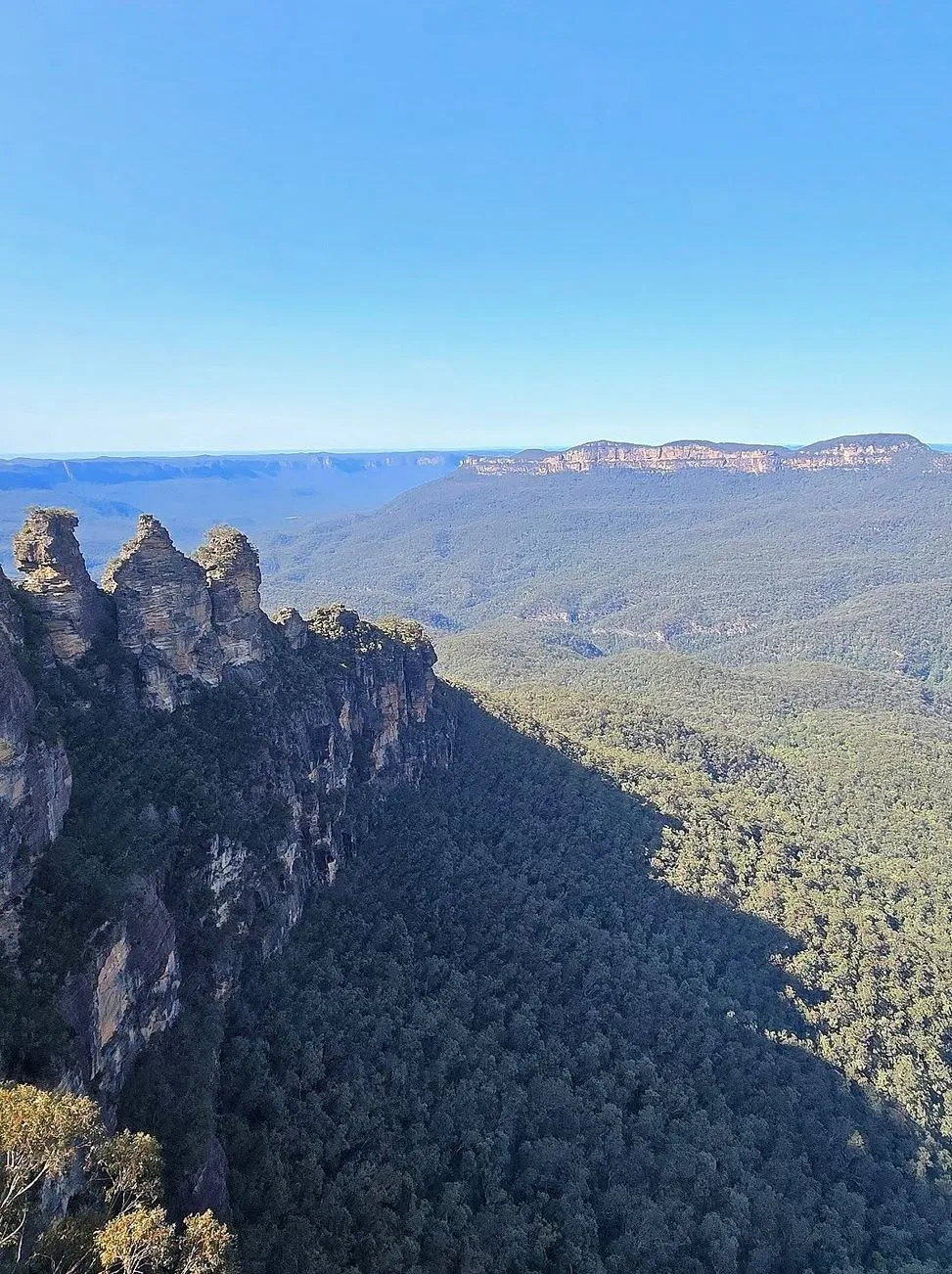
The Myth Behind a Blue Mountains Icon
Science explains the rock beds, but the story of the sisters is carried by Aboriginal dream-time legend. The Katoomba tribe and Nepean tribe tell of three sisters — Meehni, Wimlah and Gunnedoo — who fell in love with three brothers from a neighbouring tribe. Tribal law forbade their union and when conflict broke out a witch doctor turned the sisters into stone to protect them.
The plan was temporary, but the magic bone he used was lost in battle. Without it the spell couldn’t be reversed, and the sisters remained as sandstone peaks forever. For the Darug people, this Aboriginal story is tied to Country and law.
It’s important to walk here with respect. The site was formally declared an Aboriginal Place in 2014, acknowledging its cultural significance and deep connection to Traditional Owners. When guides share the story, they pass on knowledge from tribal elders and oral history, not from glossy tourism sites.
Echo Point: Front Row to a Natural Wonder
Echo Point is where most travellers first catch sight of the formation. The lookout offers sweeping views across the Jamison Valley, Mount Solitary, and the sandstone cliffs. It’s also where you’ll find the Echo Point Visitor Centre, complete with maps, local guides, and the odd busload of tourists snapping away like paparazzi.
Don’t just stand at the railing, though. Step beyond the car park crowd and follow the tracks that peel away into the bush. From here, the Honeymoon Bridge links you directly onto the first sister, if you fancy a close-up.
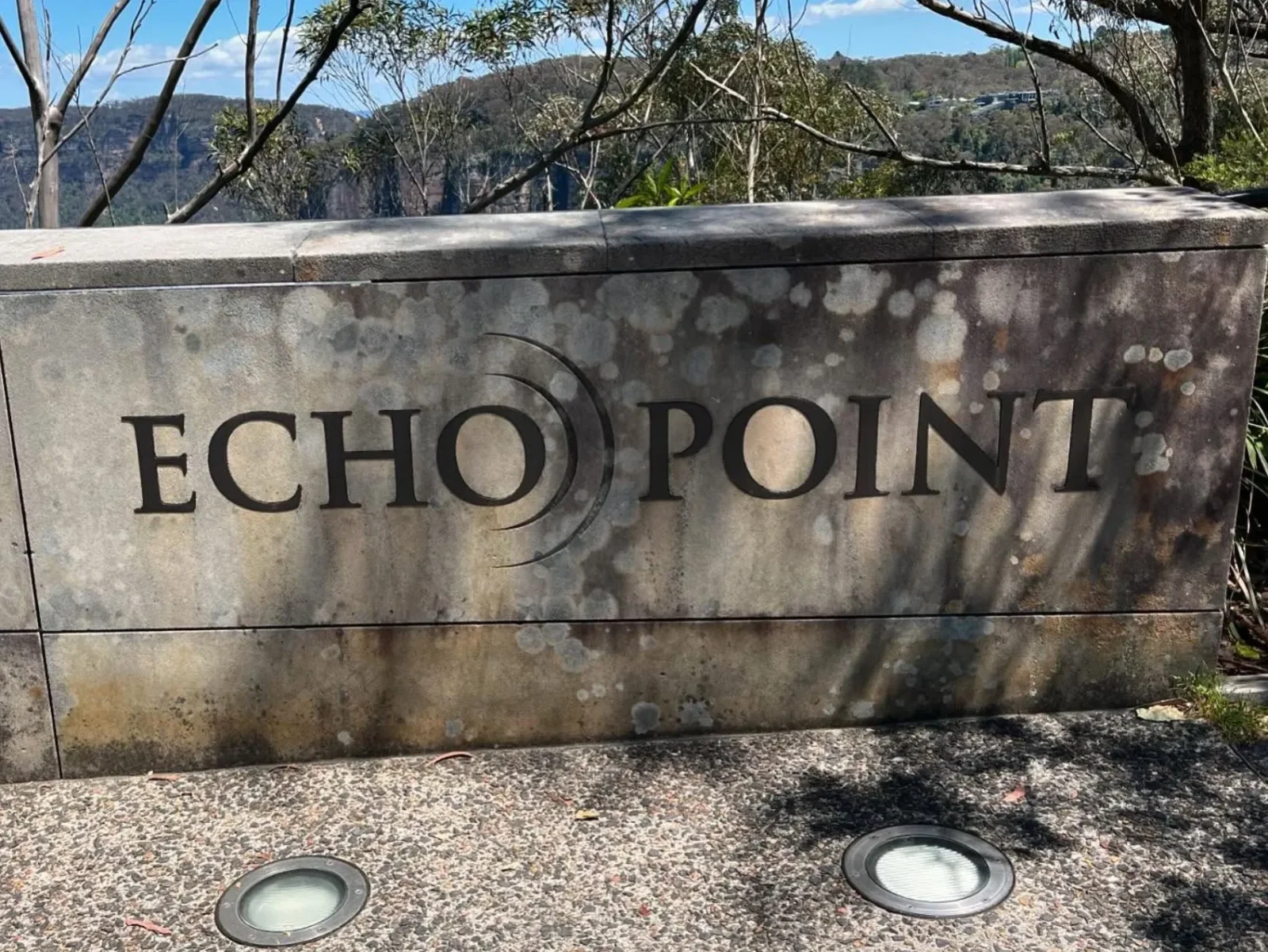
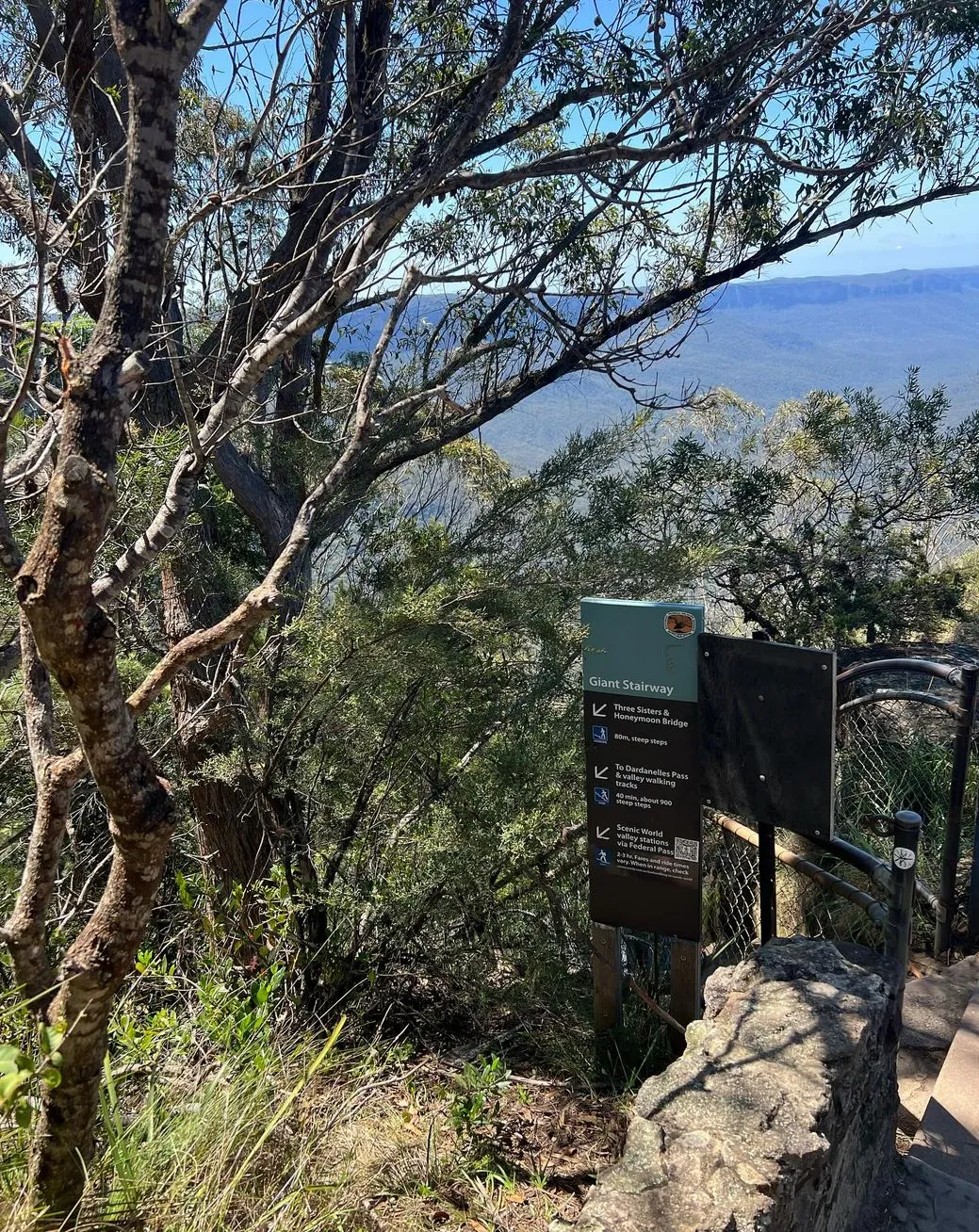
The Giant Stairway
The Giant Stairway is one of the most famous walks in the Blue Mountains. Carved into the cliff face in 1932, it drops over 800 steps down into the Jamison Valley. It’s steep, rough in places and will make your quads scream, but it’s worth every wobble.
At the bottom, you join the Federal Pass trail, which meanders beneath sandstone cliffs, through eucalyptus forests alive with lyre birds and past Katoomba Falls. If you’re not up for the slog back up, catch the Katoomba Scenic Railway at Scenic World – the steepest passenger railway in the world. It’s a thrill ride and a cheat’s way back to the top.
Exploring Famous Lookouts on Foot
The Blue Mountains are a hiker’s paradise, and Echo Point is the launchpad. A few standouts:
- Federal Pass Trail: A shaded track beneath towering cliffs, linking the Giant Stairway to Leura. Watch for leeches after rain.
- Dardanelles Pass loop walking track: A tougher circuit below the cliffs, joining Federal Pass.
- Prince Henry Cliff walk: Hugging the clifftops between Katoomba Falls and Leura Cascades. Great for panoramic views of the Jamison Valley.
- Grand Cliff Top Walk: A new multi-day link across the escarpment.
- Grand Canyon walk: Further afield but one of the best in the GBA — rainforest and mossy rock walls.
Tracks range from short walks to half-day hikes. Always check conditions at Blue Mountains Heritage Centre or Glenbrook Visitor Centre before you head out, especially in bushfire season.
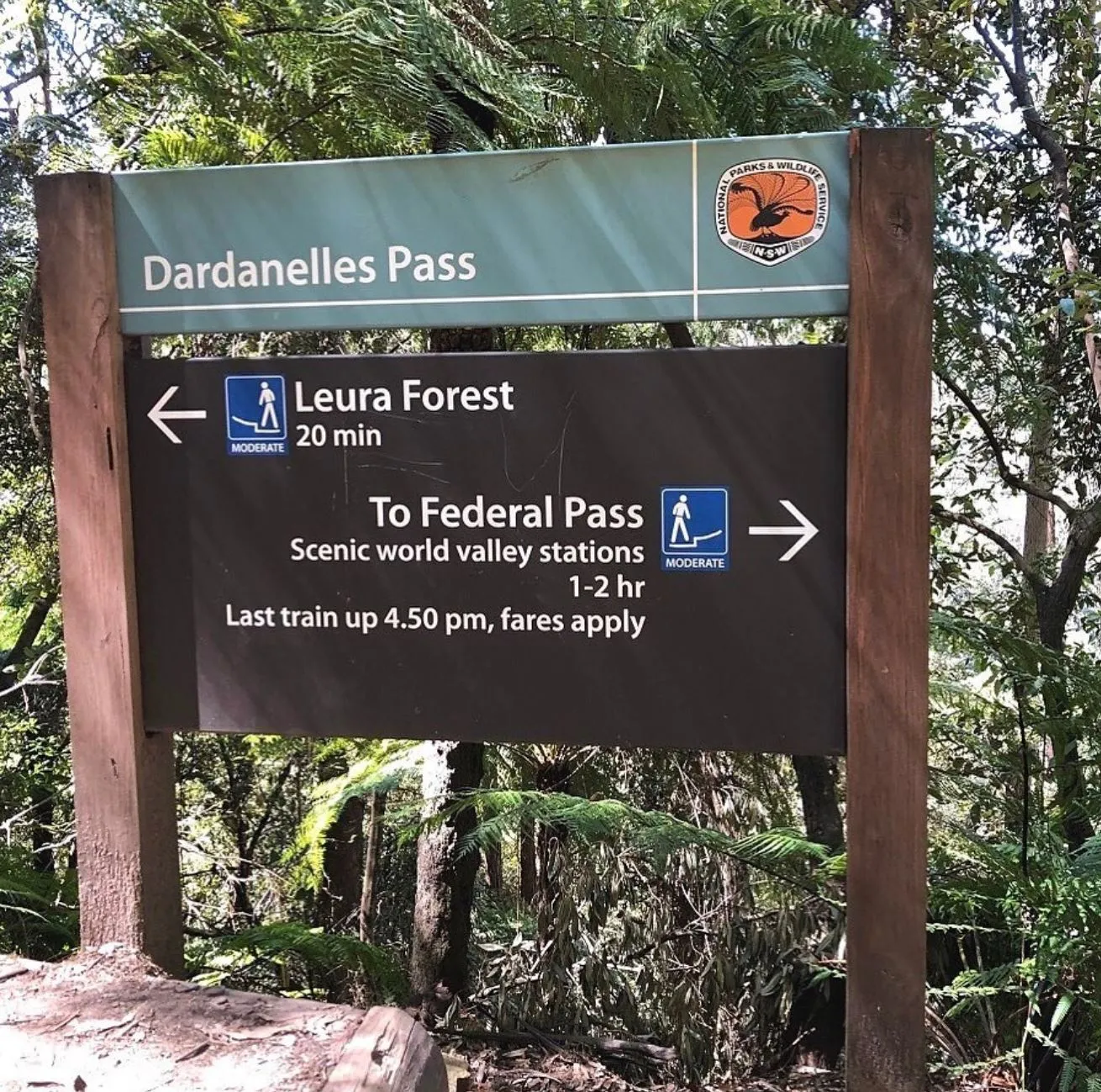
10 Facts About The Three Sisters
| Fact | Detail |
|---|---|
| Height of Meehni (tallest sister) | ~922 metres above sea level |
| Rock age | ~250 million years (Triassic period) |
| Declared Aboriginal Place | 2014 |
| Distance from Sydney | ~100 km (about 2 hours drive or train) |
| Annual visitors | Over 2 million |
| Lookout points nearby | Echo Point, Spooners Lookout, Queen Elizabeth Lookout |
| Number of Giant Stairway steps | 800+ |
| Linked trails | Federal Pass, Dardanelles Pass, Prince Henry Cliff walk |
| UNESCO recognition | Greater Blue Mountains World Heritage (2000) |
| Wildlife sightings | Lyre birds, common climber plants, and goannas |
Perfect Months for Scenic Lookouts
The Blue Mountains National Park can be visited year-round, but each season has its quirks:
- Summer (Dec–Feb): Hot and dry, bushfire risk. Bring water.
- Autumn (Mar–May): Crisp air, fewer crowds, great light for photos.
- Winter (Jun–Aug): Cold mornings, pink sky sunsets, mist in the Jamison Valley.
- Spring (Sep–Nov): Wildflowers, waterfalls flowing, warmer days.
According to Destination NSW tourism stats, spring and autumn are the busiest, with up to 30% more visitors than winter. If you want peace, aim for midweek outside school holidays. For those short on time, many 1 Day Blue Mountains Tours include the Three Sisters Rock, Echo Point lookout, Scenic World, and Katoomba Falls, so you can see the highlights without the hassle of planning.
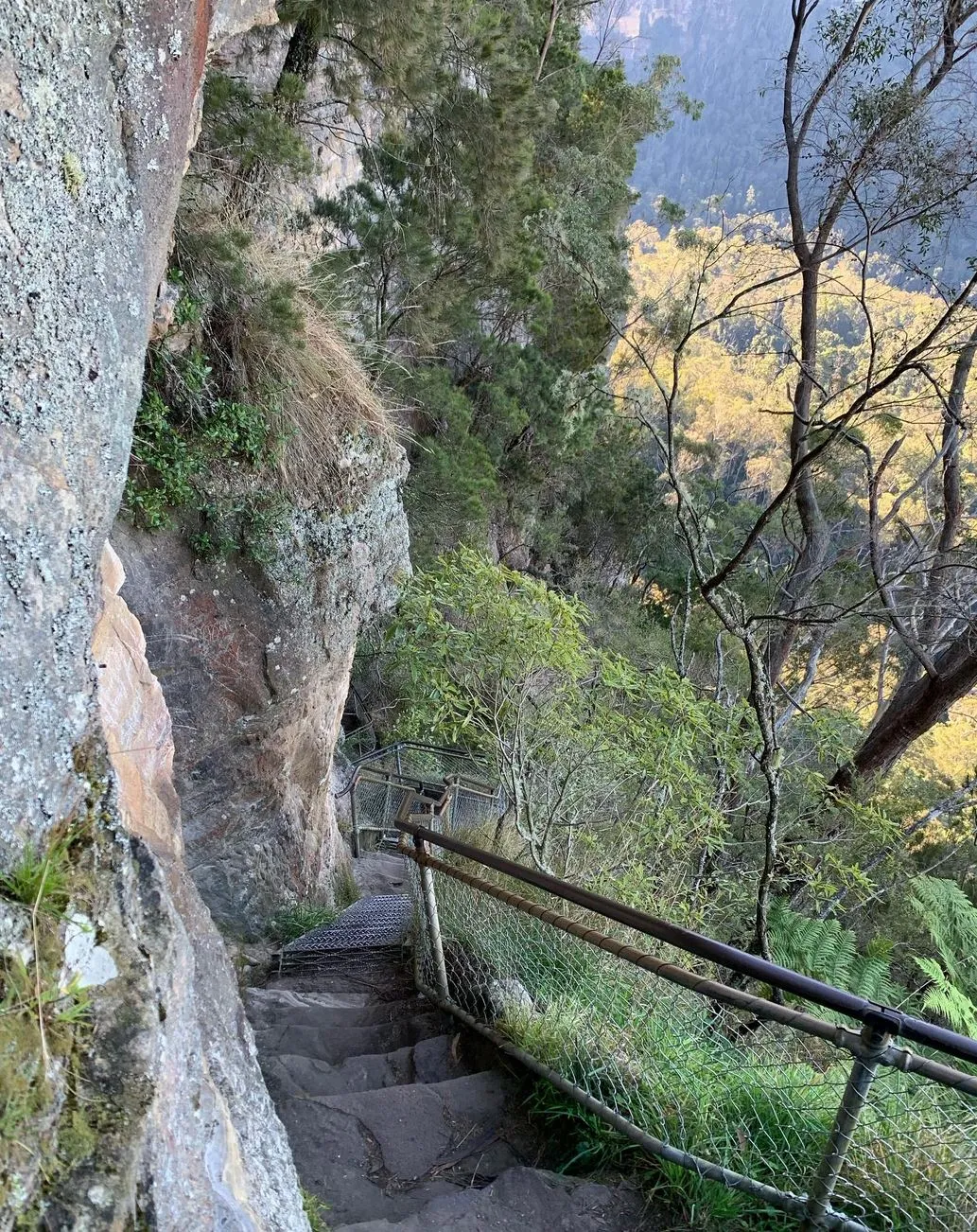
A Personal Yarn From The Trail
The first time I led a group down the Giant Stairway, I told them it was “just a quick walk”. By the halfway point, one bloke was calling me a liar, another was clinging to the railing like it was his first dance, and I was wondering if my knees were going to explode. But as we sat on the valley floor, billy boiling, looking up at those sandstone cliffs glowing in the late sun, the pain didn’t matter.
Travel isn’t about ticking off a tourism site or taking a photo at a lookout. It’s about the stories you can only earn on the track — sweat, laughter, mozzies and all. That’s what keeps me bringing travellers back, yarn after yarn.
FAQ
Can you walk onto the Three Sisters themselves?
Yes, via Honeymoon Bridge to the first Sister, but climbing the rock formation is prohibited.
What’s the difference between Echo Point and Spooners Lookout?
Both are lookout points at Katoomba. Echo Point is the main platform; Spooners Lookout is a bit quieter.
What’s the best walk near Echo Point?
The Prince Henry Cliff walk has great views of the Jamison Valley and links to Katoomba Falls.
How long does the Giant Stairway take?
Going down to Federal Pass takes 45–60 minutes. Coming up? Allow double that unless you’re a mountain goat.
What wildlife might I see on the trails?
Lyre birds scratching in the undergrowth, cockatoos in the cliffs, and plenty of eucalyptus-loving critters. Keep an ear out — the Bush soundtrack is half the fun.

